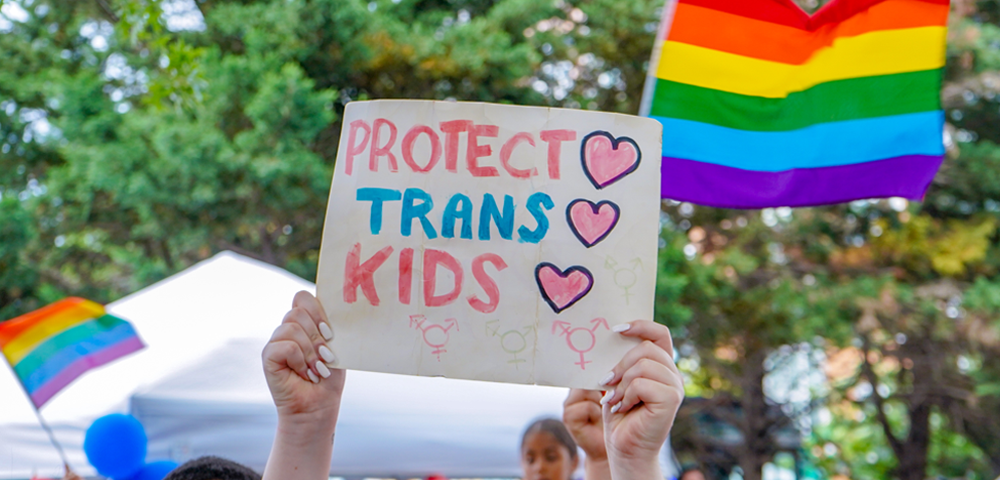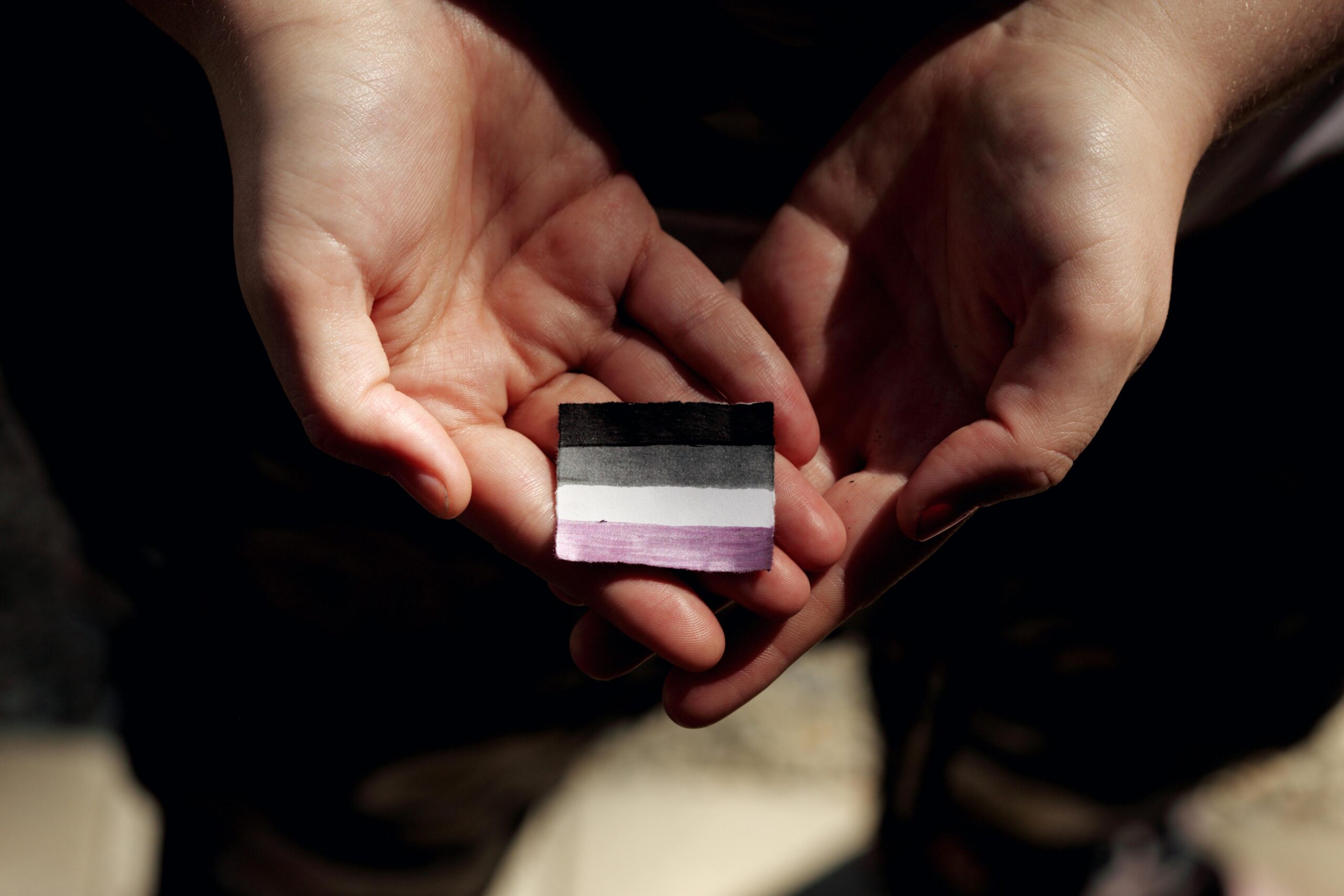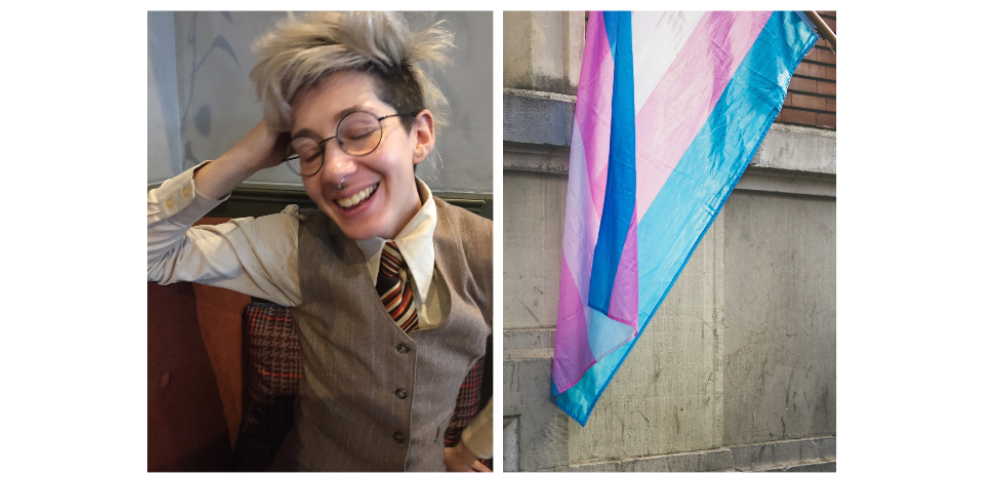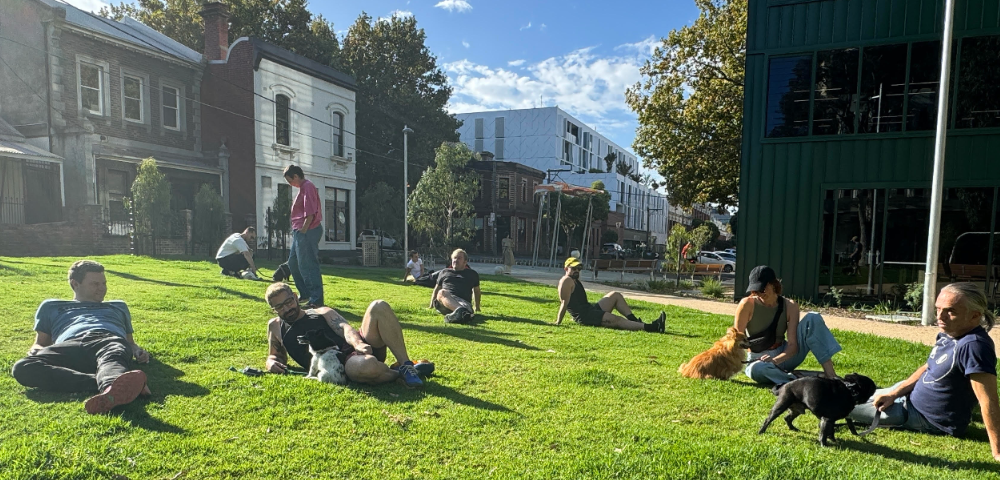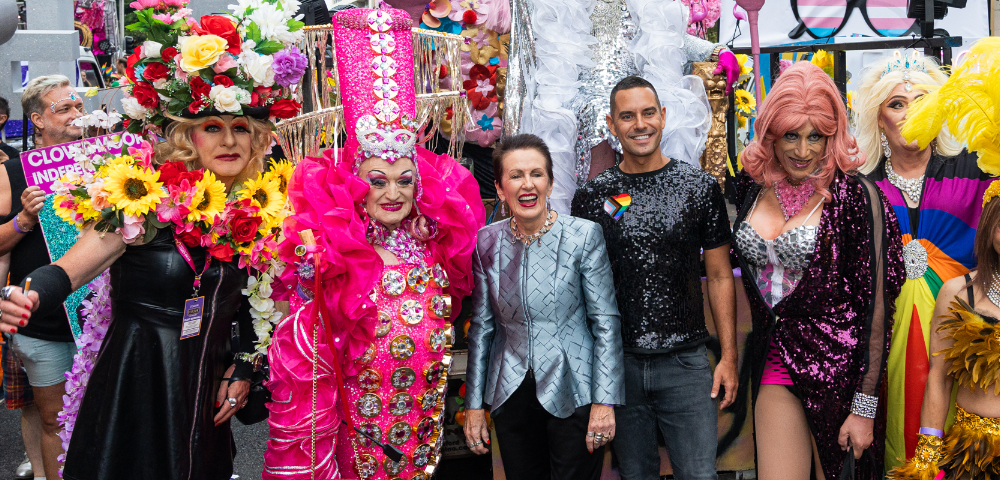
Looking back from the frontline of the fight against HIV
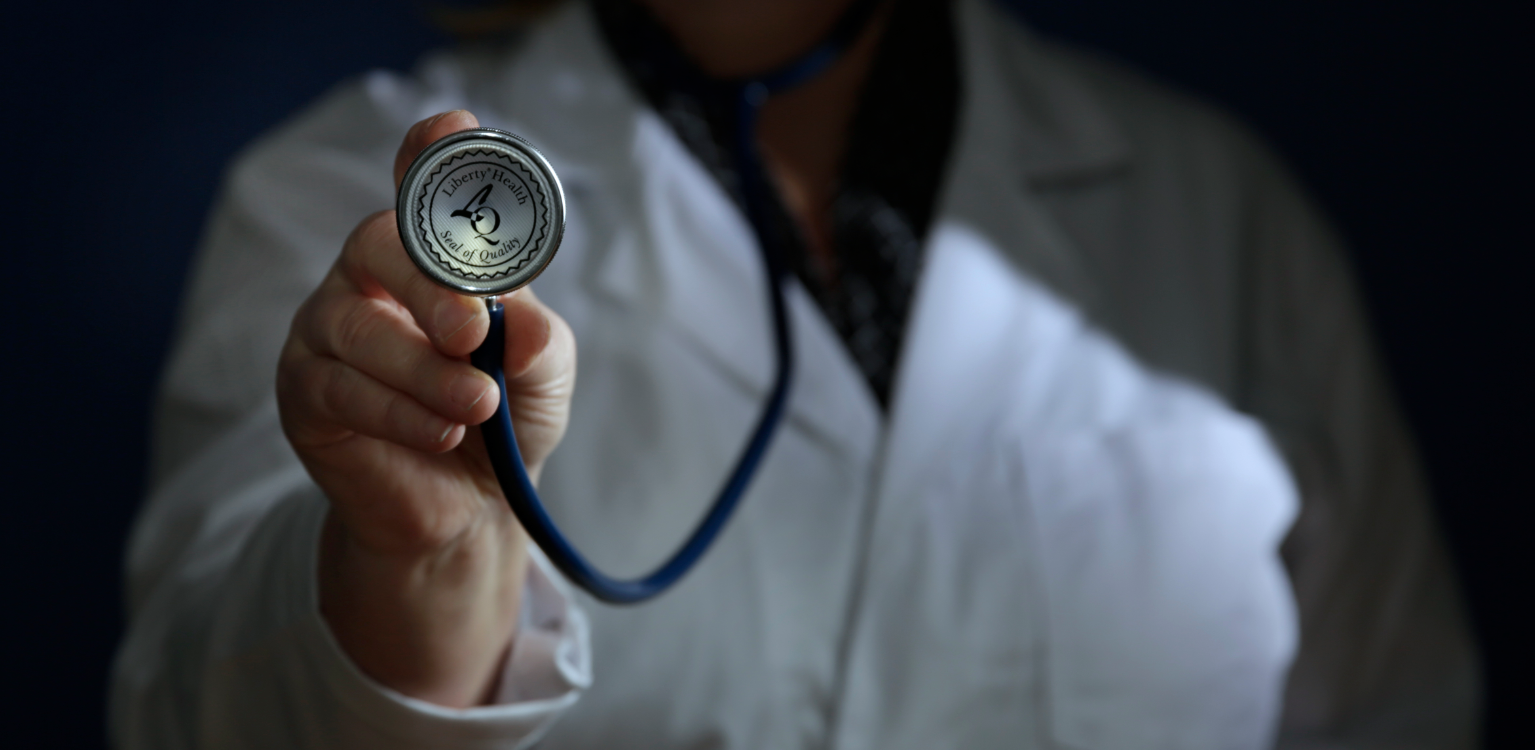
I’ve been on an amazing journey over the past 30 years.
Freshly graduated as a nurse, innocent and naïve, coming from a sheltered existence. It was 1986 and a few short months into my new job, a call came out across the hospital for nurses willing to volunteer to work in the soon-to-be opened AIDS ward.
The hospital administration was not particularly overrun with eager applicants. Way back then we didn’t know much about HIV, particularly how it could or could not be transmitted – it had only just been given its name.
One of my nursing supervisors took me aside and told me she thought I should apply. I have often wondered why she singled me out for this role.
I took her advice, and with the support of my husband became one of the five original nurses to staff the small unit.
The early days were hard for everyone.
For the patients, it was horrendous. They were ostracised, isolated, feared, demoralised, shamed, forgotten by many, abhorred by most. Everything you have seen in movies dealing with the beginning of HIV also happened in Australian AIDS units.
Kitchen staff did not want our patients sharing the hospital cutlery and plates – their food was left outside the unit.
Most health care workers would only approach them with head to toe protective clothing. They suffered through terrible ‘opportunistic’ infections and cancers such as pneumonia, massive diarrhoea, blindness, brain abscesses or tumours, and Kaposi’s sarcoma which manifested as purple to brown spots, often in prominent areas of the body like the face or limbs, singling them out as infected to those in the know.
The disease was relentless, with one infection following another with little recovery time in between. Hospitalisation after hospitalisation.
Every new condition meant a lifetime of suppressive treatment to keep it from returning again. Once a few of these had been notched up, the medication count burgeoned with patients taking 20-30 tablets a day, and some on weekly intravenous infusions as well.
It was hard work keeping the faith, staying mentally positive, whilst many around them were dying. They struggled with relentless nausea and tremendous fatigue.
Some of them did it alone, the lucky ones had the support of wonderful friends and relatives.
For the staff there was also isolation. Many co-workers did not want anything to do with you because of where you worked.
There was an assumption that all of the unit staff were gay – why else would you work there? You had to deal with the risk of needlestick injury or other high risk exposures to body fluids.
It was hard to minimise this in light of the community hysteria, it was even harder for our partners and families, some who did not understand why we would intentionally place ourselves in what was perceived to be, harm’s way.
This was reinforced every time there was news of another health care worker dying following an exposure to HIV. But it was not all doom and gloom. It was extremely rewarding looking after people
when they are most vulnerable. Giving them love and attention when others couldn’t.
Supporting lovers, friends, and families from diagnosis to their ultimate death. The gay community was ground-breaking in mobilising for better access to treatment and services.
Never before had there been such strong community activism around one disease. The work of ACT-UP (the AIDS Coalition To Unleash Power) and similar groups got a seat at the table at scientific conferences, and where all of the important decisions were being made.
They lobbied for shorter clinical trials of drugs that has had implications for all other medical trials since the late 1980’s. They raised funds through the Bobby Goldsmith Foundation and prominent supporters, and they were the first to use an awareness ribbon to highlight support of a cause.
It has been a privilege to take this long journey alongside all of the amazing people I have met in the role. Thank you to the patients with so much faith in medicine or alternate therapies, those with humour who made the long shifts whiz by, those with fabulous lives who have done such amazing things showing me worlds I had never seen. The clinicians and colleagues that taught me so much about equity, justice, ethics, and humanity. The disease that has given me a curiosity, an insatiable appetite to learn about how we can improve on the status quo.
We have come a long way, with rapid testing, once daily effective and well tolerated treatments that keep patients out of hospital leading normal lives.
We have access to PrEP, can prevent mother to child transmission, and the majority of the community support same-sex relationships.
I am disappointed that the prediction that we would have an effective vaccine within the decade – a quote I have heard every year since working in HIV, has not eventuated some three decades on.
It is however worthwhile to remind ourselves how lucky we are to live in Australia and have access to every antiretroviral on the market, free of charge.
We have led the way with our prevention efforts and continue to do so with our most recent target to end HIV by 2020.
I still hope a vaccine will do me out of a job. That has always been the aim.




